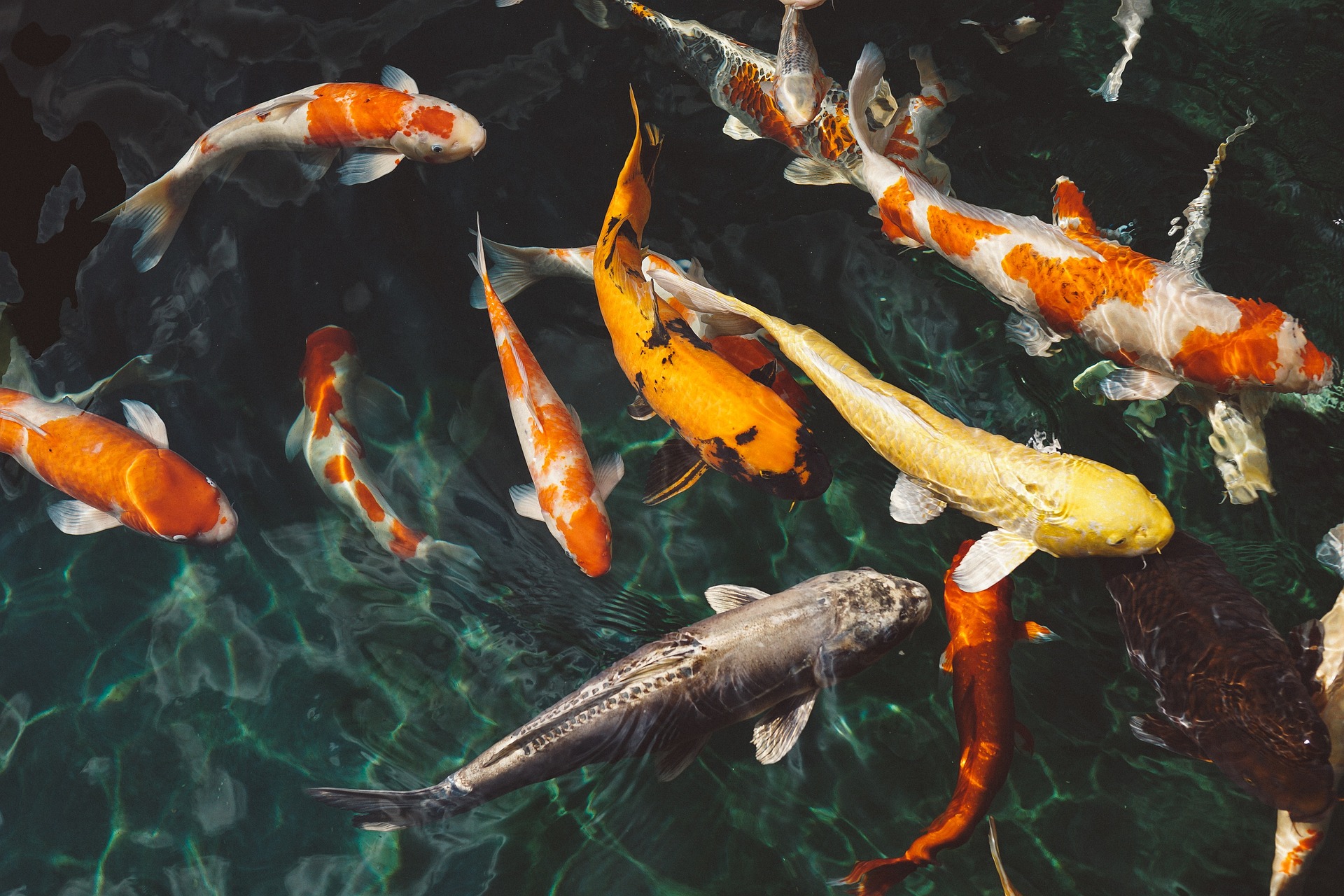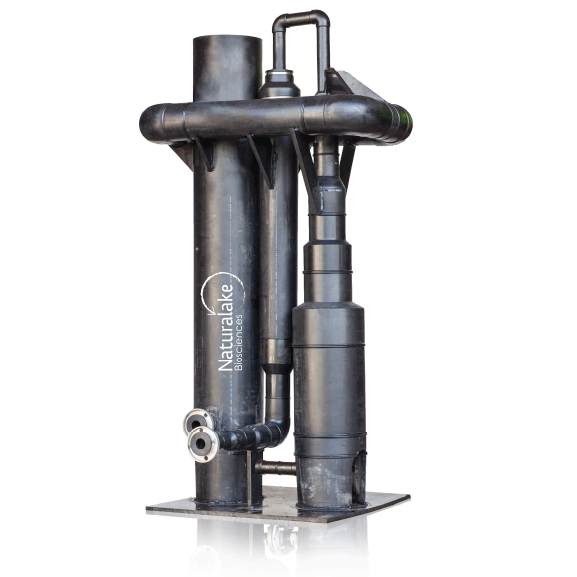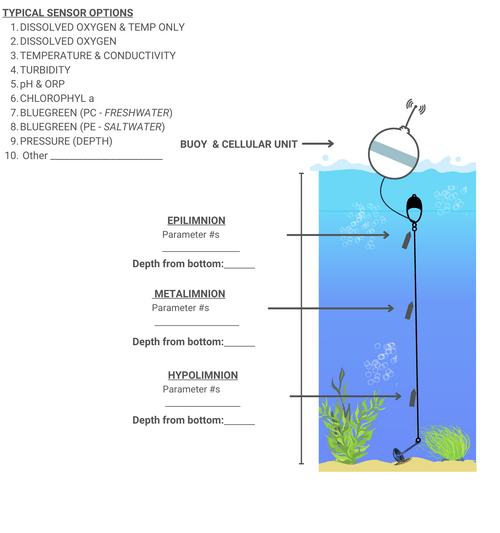
What are the Desired Dissolved Oxygen (DO) Levels in Water
by Patrick Goodwin
What are the Desired Oxygen Levels in Water and is Too Much Oxygen Bad?
Oxygen is arguably the most important water quality parameter governing overall lake health. It’s required to sustain aquatic life and is directly related to a multitude of water quality parameters and overall aesthetics. The US has national and state dissolved oxygen (DO) criteria for lakes, which are centered around maintaining the minimum amount of DO to sustain life. For example, the US national minimum DO criteria is 5 mg/L, with many states adopting this criterion (USEPA 1986). However, this minimum DO criteria is by no means the desired oxygen level for aquatic life or for overall lake water quality and aesthetics. If we are to assign the desired DO level to a water body, we must first define it based on its effect on a given parameter. Two definitions can be identified based on 1) aquatic life and 2) water quality and aesthetics, which are as follows:
- Desired DO for aquatic life – is the level at which no production or impairment occurs across all life.
- Desired DO for water quality and aesthetics – is the level at which the maximum reduction in pollutant(s) can be achieved that is not detrimental to aquatic life.
The desired DO (no production impairment) on aquatic life has been identified by the EPA 1986 publication and is 11 mg/L for salmonid waters (cold to cool water fisheries) and 8 mg/L for non-salmonid waters (warm water fisheries; Table 1). While 6.5 mg/L is where no production impairment occurs for non-salmonid water, it does not protect the invertebrates, and therefore 8 mg/L applies as the desired DO for non-salmonid waters.
a. Embryo and Larval Stages
No production Impairment = 11
Slight Production Impairment = 9
Moderate Production Impairment = 8
Severe Production Impairment = 7
Limit to Avoid Acute Mortality = 6
b. Other Life Stages
No production Impairment = 8
Slight Production Impairment = 6
Moderate Production Impairment = 5
Severe Production Impairment = 4
Limit to Avoid Acute Mortality = 3
a. Embryo and Larval Stages
No production Impairment = 6.5
Slight Production Impairment = 5.5
Moderate Production Impairment = 5
Severe Production Impairment = 4.5
Limit to Avoid Acute Mortality = 4
b. Other Life Stages
No production Impairment = 6
Slight Production Impairment = 5
Moderate Production Impairment = 5
Severe Production Impairment = 4
Limit to Avoid Acute Mortality = 3
No production Impairment = 8
Some Production Impairment = 5
Acute Mortality Limit = 4
How does Hyperoxia Negatively Affect Aquatic Life?
The effects of low dissolved oxygen (hypoxia and anoxia) levels have been well documented and negatively affect all stages of aquatic life. The reverse, high dissolved oxygen or hyperoxia on the other hand is when oxygen levels go above 100% saturation at temperature and can occur naturally during high rates of photosynthesis, often seen during an algal bloom and/or from an oxygenation device. Hyperoxia can cause oxidative stress which is when more reactive oxygen species are being produced than what the organism can handle via its antioxidant system. Oxidative stress can be avoided by keeping oxygen levels < 25 mg/L (Colt 2006). Overall, the bulk of the evidence regarding hyperoxia and its impacts on aquatic life suggests it does not negatively impact fish growth or cause impairment (McArley et al. 2021). It may be of benefit as it can provide metabolic refuge during acute warming. This would reduce fish stress during less-than-ideal temperatures (McArley et al. 2021).

Does Hyperoxia Cause Gas Bubble Disease?
In short, no. Gas bubble disease (GBD) is the formation of bubbles inside a fish artery that will block blood flow and cause mortality. It is caused when the total gas concentration in water exceeds 100%. Only total gas concentrations can determine if there is a risk of GBD. For example, oxygen could be highly saturated (> 300 %), but if nitrogen is less than saturation, the total gas concentration may not exceed 100%. In fact, nitrogen is the most significant cause of gas bubble disease, not oxygen (Weitkamp and Katz 1980; USEPA 1986). Some examples of gas bubble disease occurrences are at hydropower dam spillways where atmospheric air is supersaturated into water. Air is primarily nitrogen (78%) which leads to the supersaturation of nitrogen and GBD. Aeration or nanobubble systems injecting atmospheric air (78% nitrogen) at high depths can be at risk of causing GBD. Oxygenation systems using pure oxygen (> 95% oxygen) as their gas supply do not pose a risk of GBD.
Desired DO for Water Quality and Aesthetics?
In general, the higher the oxygen level, the better the water quality and aesthetics. This is because a higher oxidative state drives better water chemistry and allows for more oxygen penetration downward into lake sediments, often the primary source of water quality issues in the first place. If we are to keep with the desired oxygen definition, the level at which the maximum reduction in pollutant(s) can be achieved that is not detrimental to aquatic life; then it would be between 15 – 25 mg/L DO, not exceeding 25 mg/L to not cause oxidative stress to aquatic life. This would provide the maximum water quality improvements and reduce/eliminate:
- Harmful Algae Blooms (HABs)
- Phosphorus re-cycling from the sediments
- Ammonification from sediments
- Metal like iron, manganese, and mercury re-cycling from the sediments
- Organic muck decomposition
- Taste and Odor
- Aesthetics water clarity and color
- Fecal Coliform
About the Author
Patrick Goodwin, M.S., CLM, is a Water Resource Specialist at Natural Lake Biosciences, with over ten years of experience in water resource management. Specializing in data collection to evaluate nutrient loading and the consequences of that loading in terms of algal blooms and water clarity. Patrick has successfully restored multiple water bodies and is considered an expert in oxygenation and circulation techniques.

References
Colt, J. 2006. Water quality requirements for reuse systems. Aquacultural Engineering 34: 143–156.
McArley, T. J., E. Sandblom, and N. A. Herbert. 2021. Fish and hyperoxia—From cardiorespiratory and biochemical adjustments to aquaculture and ecophysiology implications. Fish and Fisheries 22: 324–355.
USEPA. 1986. Quality criteria for water 1986. EPA 440/5-86-001, US Environmental Protection Agency, Washington, DC.
Weitkamp, D. E., and M. Katz. 1980. A review of dissolved gas supersaturationliterature. Transactions of the American Fisheries Society 109: 659–702.


